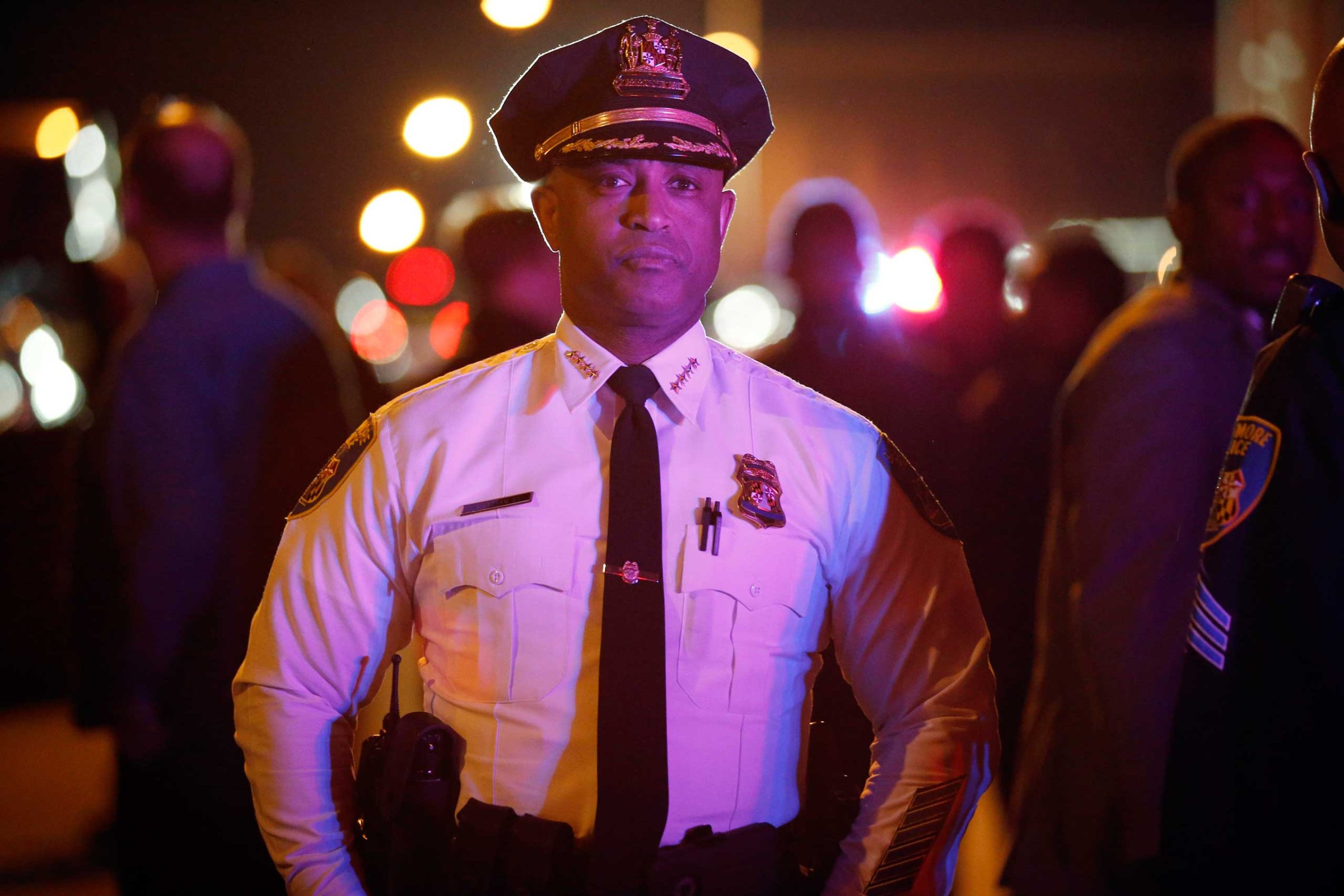
Baltimore Police Commissioner Anthony Batts said in a new interview Tuesday that police need to acknowledge “we are part of the problem” in the wake of charges brought against cops in the high-profile death of Freddie Gray.
“The community needs to hear that,” Batts told CNN. “The community needs to hear from us that we haven’t been part of the solution, and now we have to evolve. Now we have to change.”
The Baltimore Police led an investigation into Gray’s death for several days with a 40-plus force of investigators before handing the case over to the local prosecutor, who charged six officers with a range of crimes including second-degree murder. Gray died after sustaining injuries while in police custody. Batts learned that prosecutors would press charges only minutes before it was announced publicly. The decision left him “surprised,” he said.
“And then my mind started going to, what is going to be the response in community?” he said. “My officers, how do I keep them engaged, how do I keep them focused on getting their job done as a whole?”
[CNN]
Baltimore Protests, Then and Now

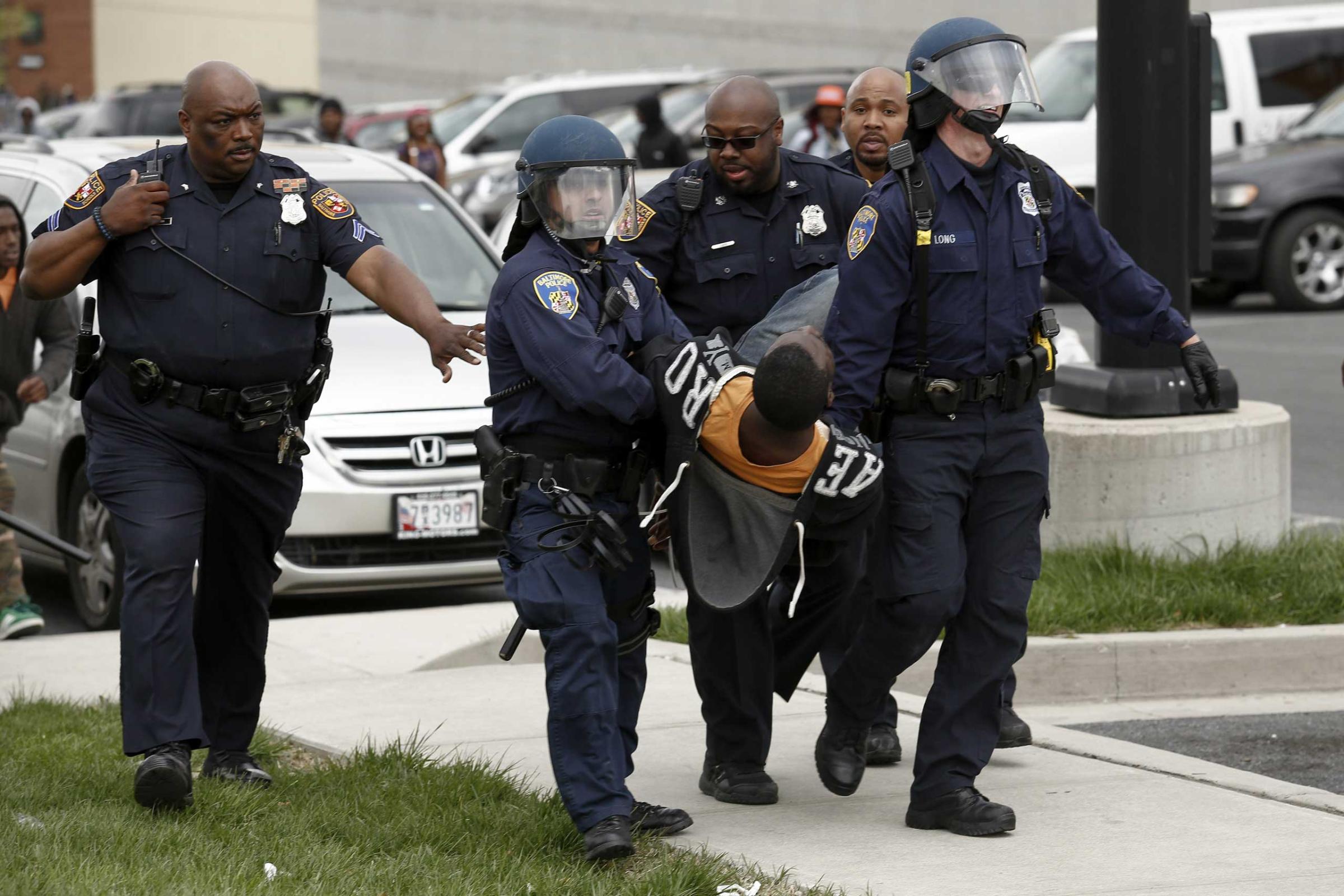
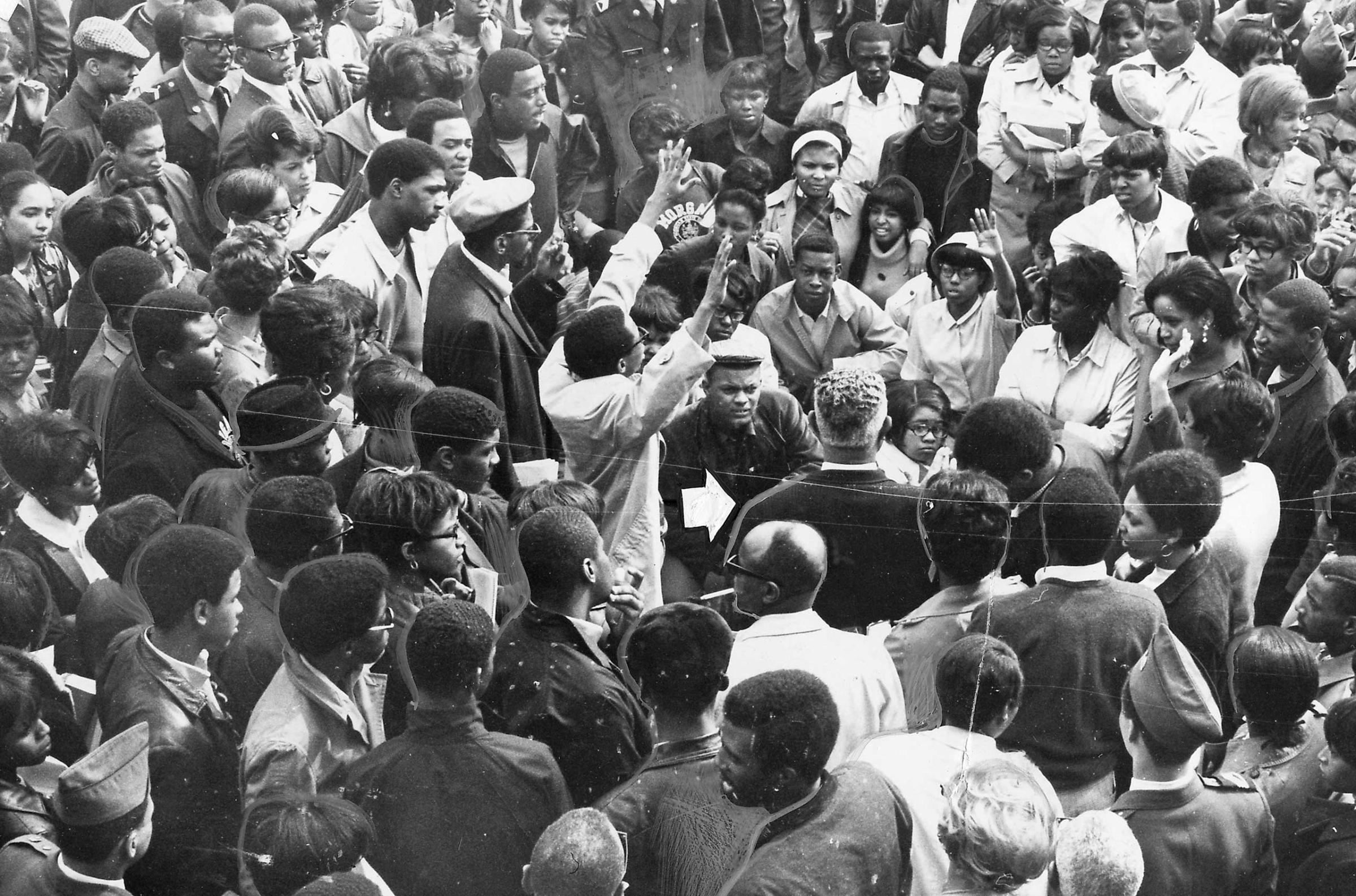

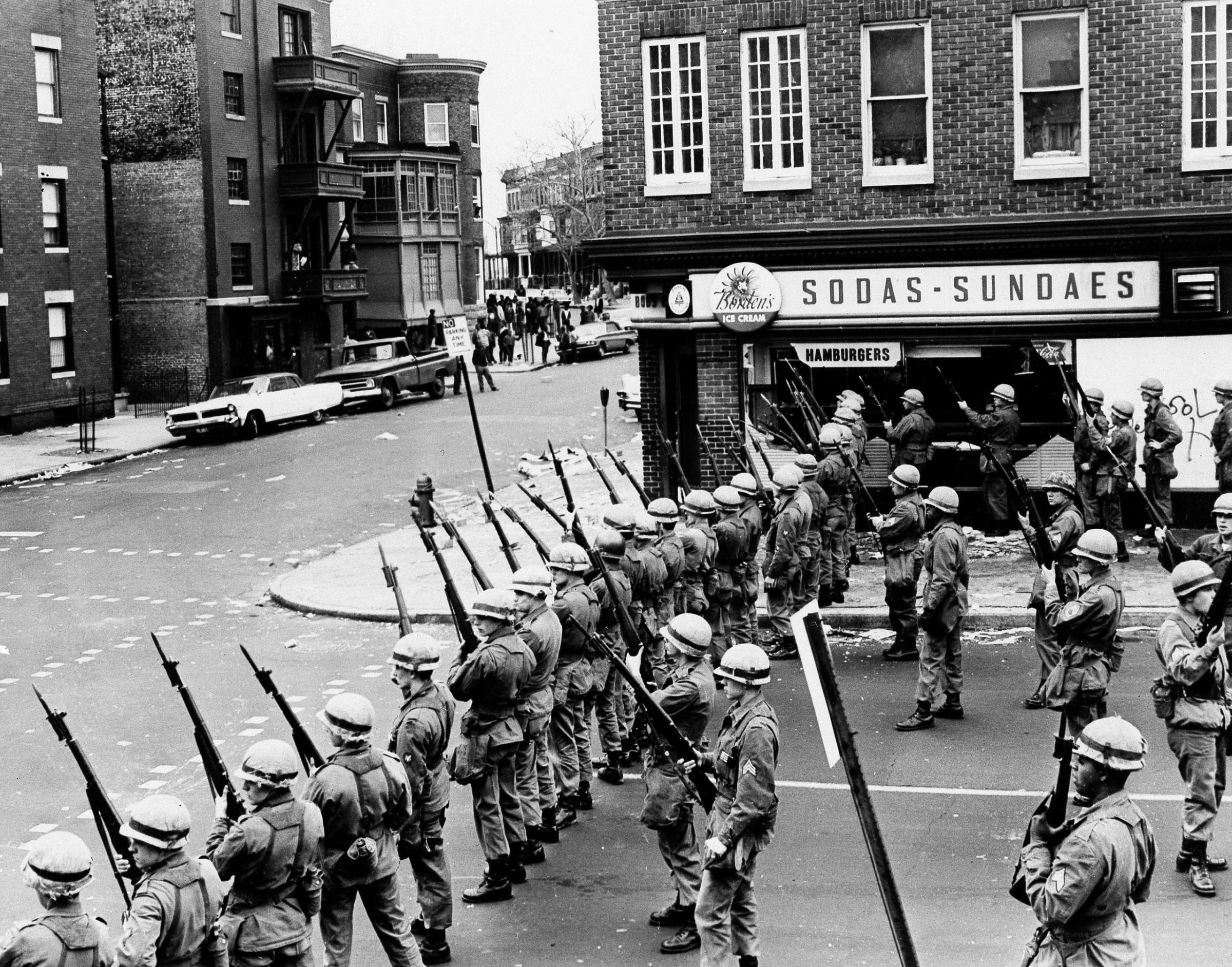
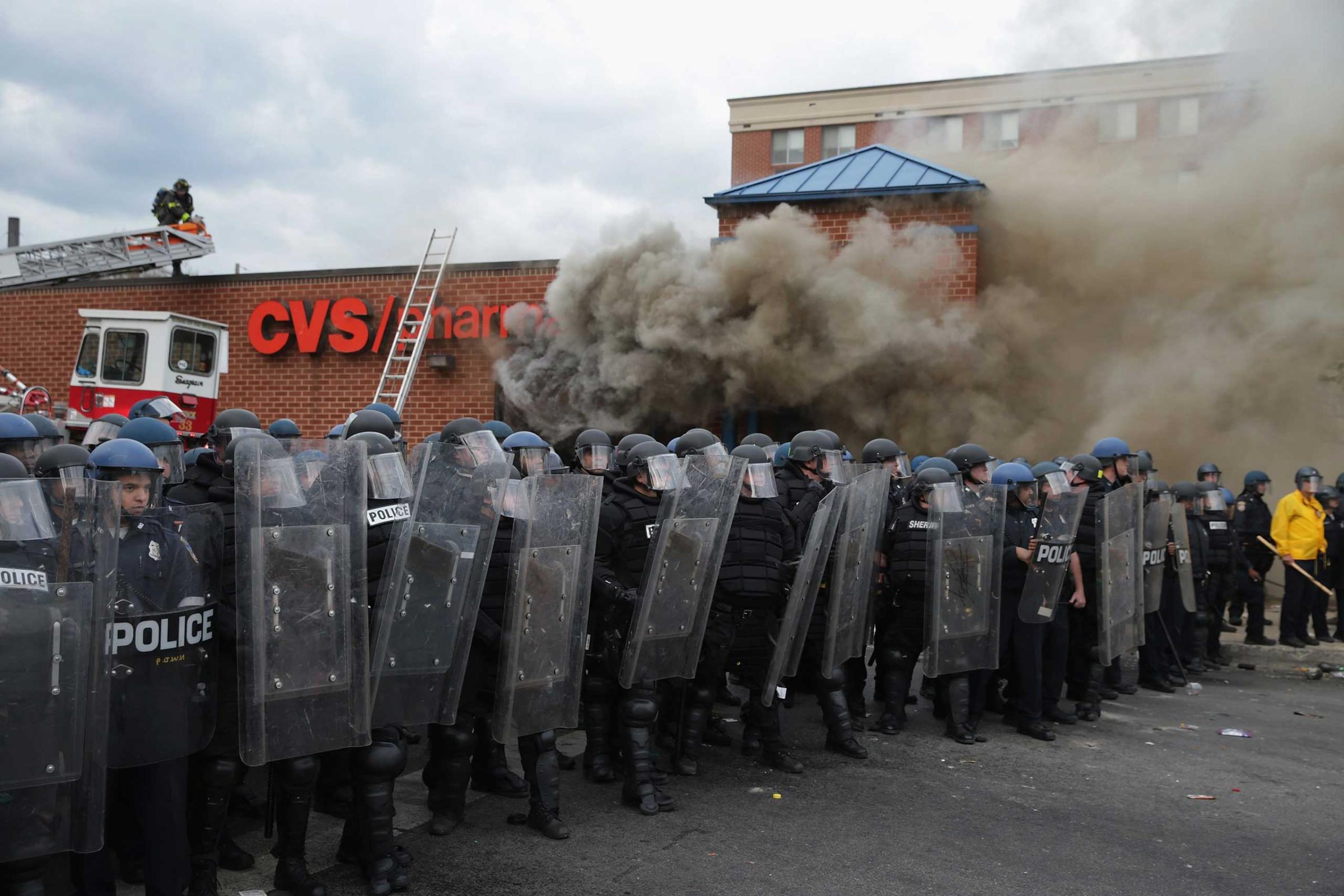
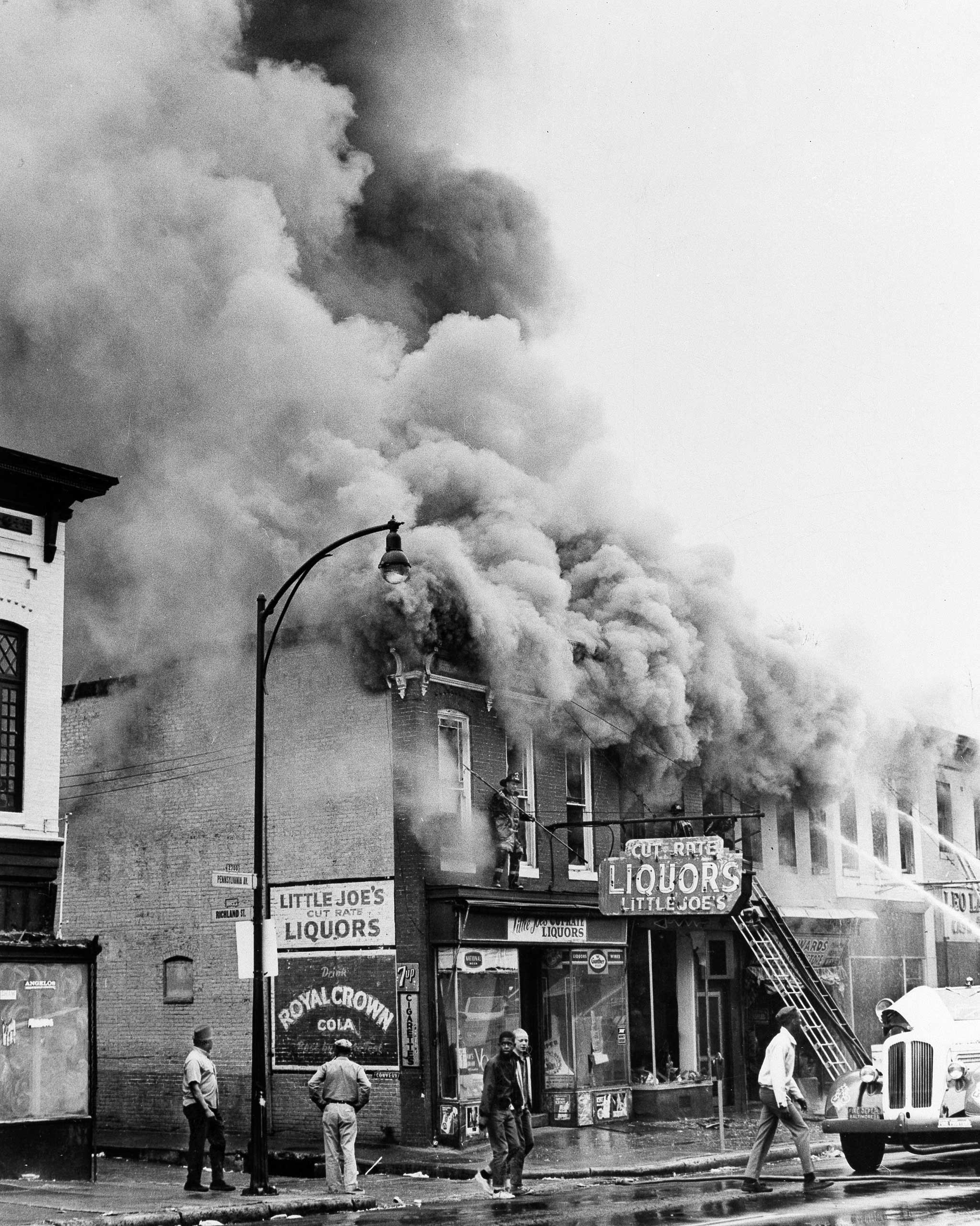
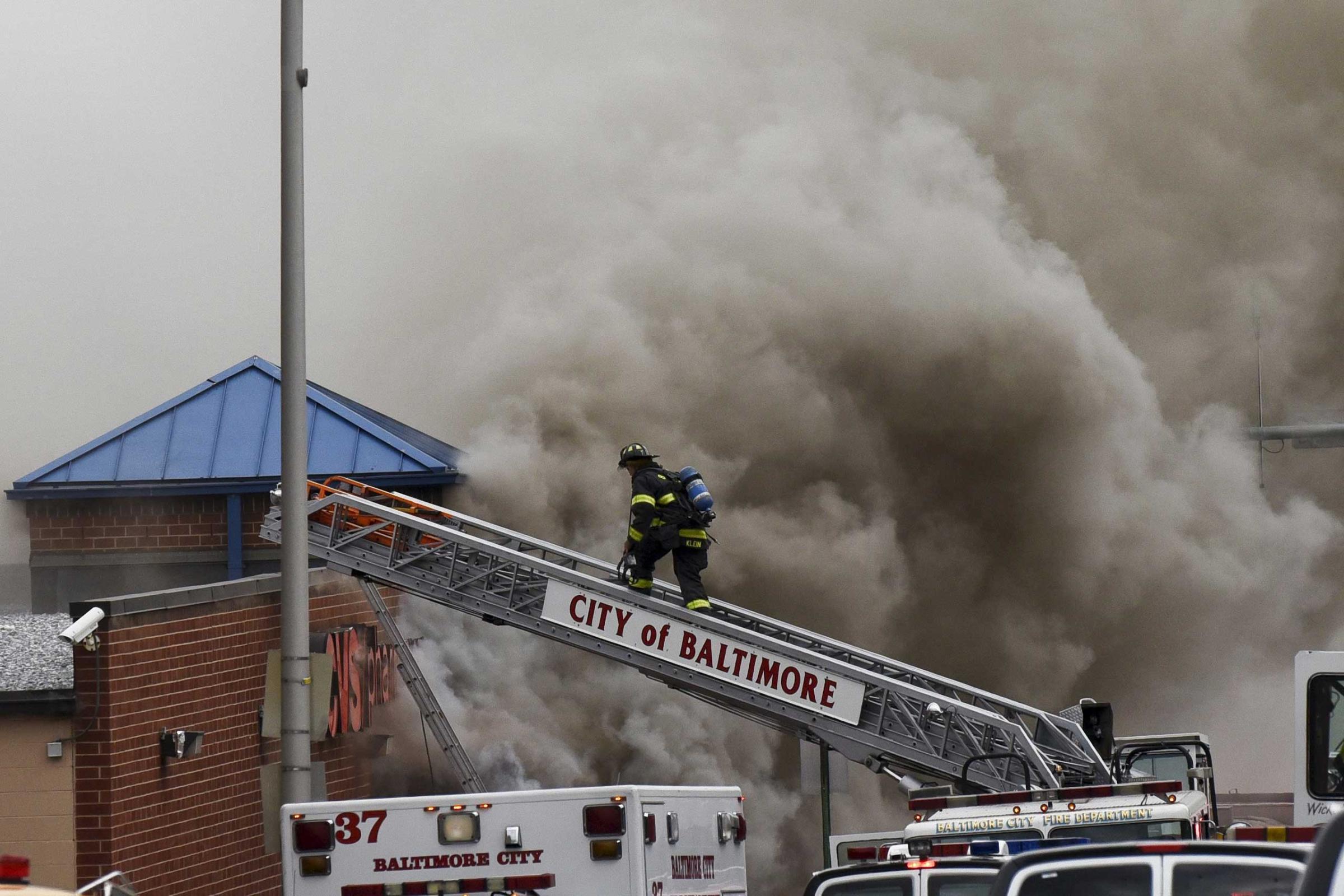
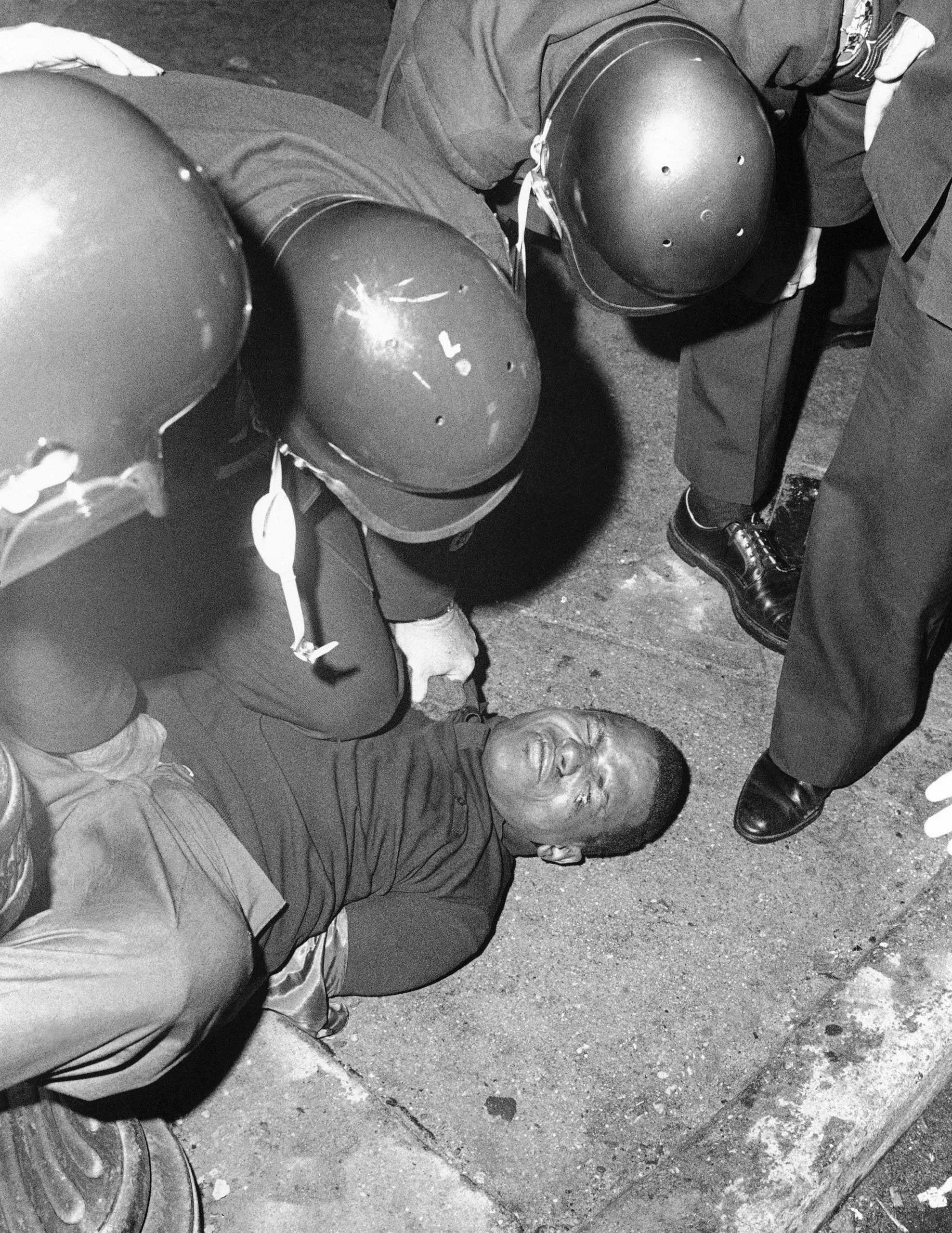

More Must-Reads from TIME
- Donald Trump Is TIME's 2024 Person of the Year
- TIME’s Top 10 Photos of 2024
- Why Gen Z Is Drinking Less
- The Best Movies About Cooking
- Why Is Anxiety Worse at Night?
- A Head-to-Toe Guide to Treating Dry Skin
- Why Street Cats Are Taking Over Urban Neighborhoods
- Column: Jimmy Carter’s Global Legacy Was Moral Clarity
Write to Justin Worland at justin.worland@time.com